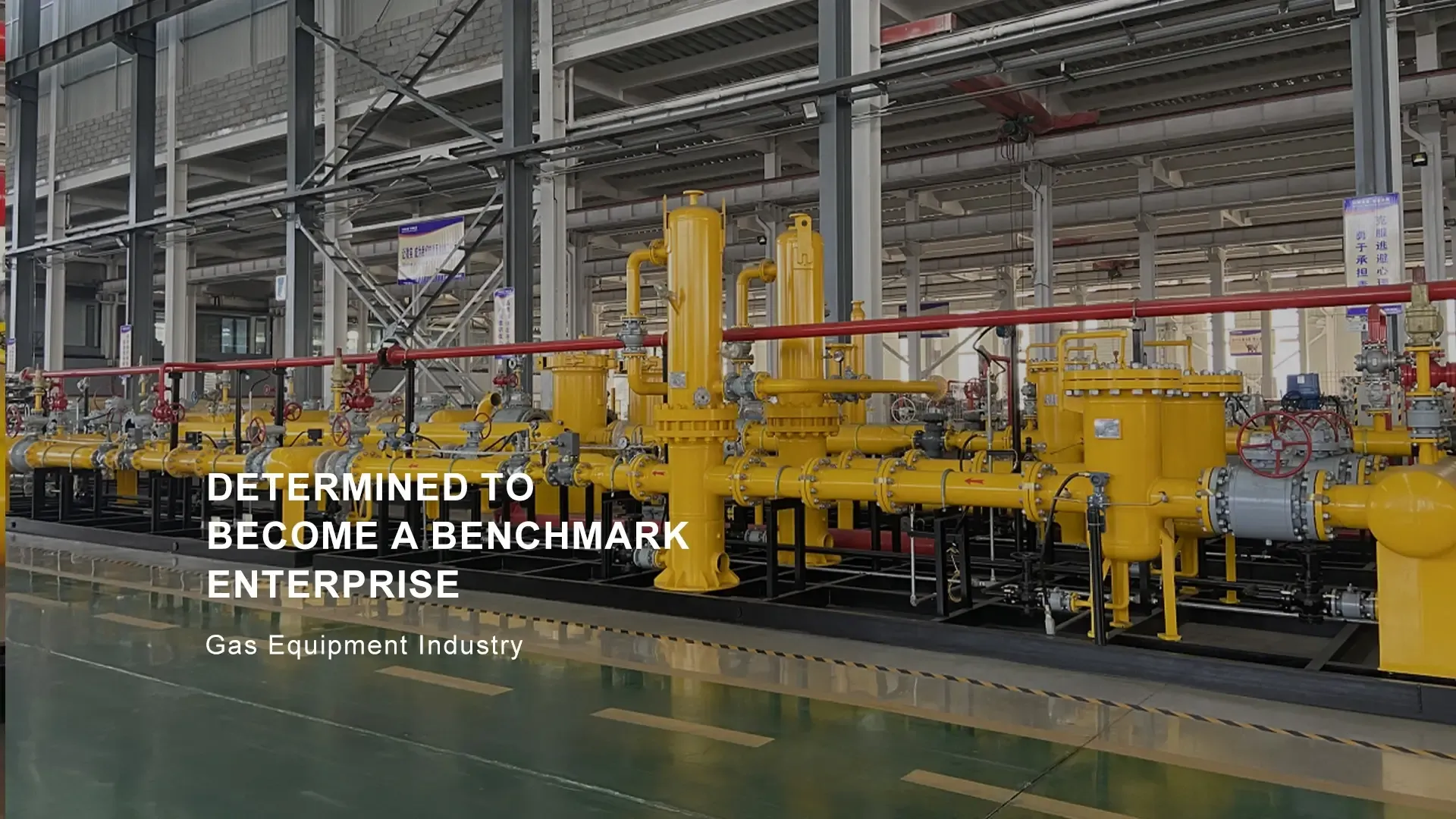
Sep . 22, 2024 21:50
Back to list
gasification equipment
Gasification Equipment Transforming Waste into Energy
In recent years, the global emphasis on sustainable development has sparked significant interest in alternative energy sources. Among these, gasification stands out as a promising technology that converts organic or fossil-based materials into carbon monoxide, hydrogen, and ultimately, usable energy. This innovative process not only addresses waste management issues but also contributes to cleaner energy production. Central to this process is gasification equipment, which plays a vital role in facilitating the conversion of various feedstocks into syngas—a mixture of hydrogen and carbon monoxide.
Gasification equipment typically comprises several key components, each designed to optimize the conversion process. The primary unit within the system is the gasifier itself, which provides the necessary environment for thermal decomposition. Feedstock, which can range from biomass to coal, is introduced into the gasifier, where it is subjected to high temperatures (ranging from 700°C to 2000°C) in a controlled atmosphere. The introduction of limited oxygen or steam is crucial, as it allows for partial oxidation of the feedstock, ensuring that complete combustion does not occur. The resulting syngas can then be utilized for various applications, including electricity generation, chemical production, or even as a transportation fuel.
One of the most significant advantages of gasification equipment is its flexibility in feedstock usage
. Unlike traditional power generation methods that predominantly rely on fossil fuels, gasifiers can process a diverse array of materials, including agricultural residues, municipal solid waste, and industrial by-products. This versatility not only helps tackle waste disposal challenges but also supports the circular economy by converting waste into valuable resources. Furthermore, as the world moves toward reducing its carbon footprint, gasification offers a more environmentally friendly alternative, emitting considerably lower levels of greenhouse gases compared to incineration or landfill disposal.gasification equipment

Moreover, advancements in gasification technology have led to the development of more efficient and compact gasification systems. Modern equipment incorporates sophisticated designs and control systems that enhance the overall efficiency of the gasification process. For instance, fluidized bed gasifiers and entrained flow gasifiers are designed to maximize heat transfer and material processing rates, resulting in higher yields of syngas and reduced tar production—a common byproduct that can complicate downstream processing. The ability to scale these systems to different sizes allows for their application in both large industrial settings and smaller, localized energy production projects.
The integration of gasification equipment into the energy landscape is not without challenges, though. Economic viability remains a primary consideration, as the initial investment in gasification infrastructure can be considerable. Additionally, ensuring a consistent supply of feedstock and managing byproducts can pose logistical hurdles. However, ongoing research and development, combined with supportive policy frameworks, are steadily improving the feasibility of gasification projects.
In conclusion, gasification equipment represents a vital technology in the transition towards sustainable energy production. By enabling the conversion of waste into syngas, it offers a dual solution to energy generation and waste management. As advancements continue and the global demand for clean energy rises, gasification systems are poised to play a significant role in shaping the future of the energy sector, paving the way for a more sustainable and resilient world.
Latest news
-
Safety Valve Spring-Loaded Design Overpressure ProtectionNewsJul.25,2025
-
Precision Voltage Regulator AC5 Accuracy Grade PerformanceNewsJul.25,2025
-
Natural Gas Pressure Regulating Skid Industrial Pipeline ApplicationsNewsJul.25,2025
-
Natural Gas Filter Stainless Steel Mesh Element DesignNewsJul.25,2025
-
Gas Pressure Regulator Valve Direct-Acting Spring-Loaded DesignNewsJul.25,2025
-
Decompression Equipment Multi-Stage Heat Exchange System DesignNewsJul.25,2025

